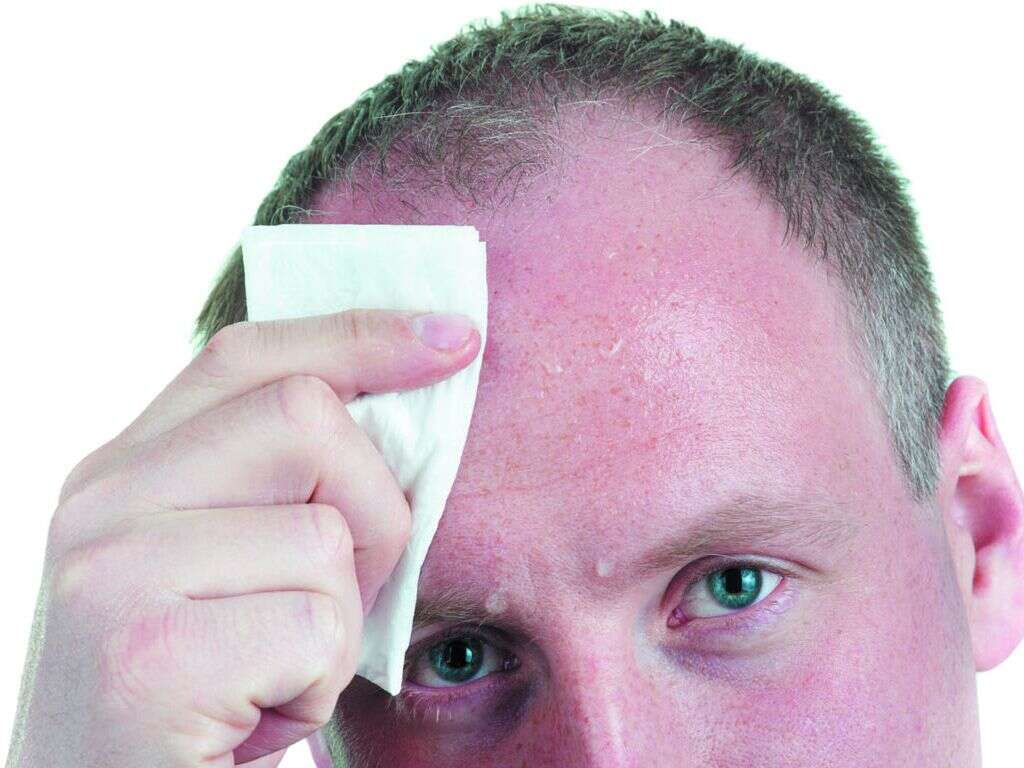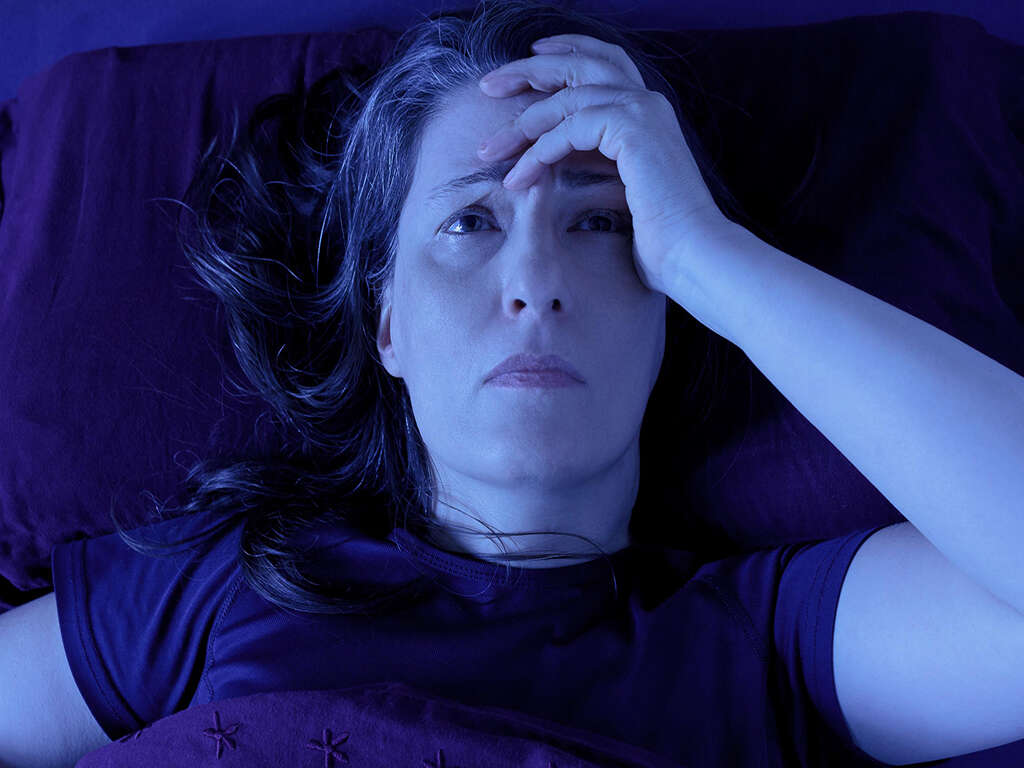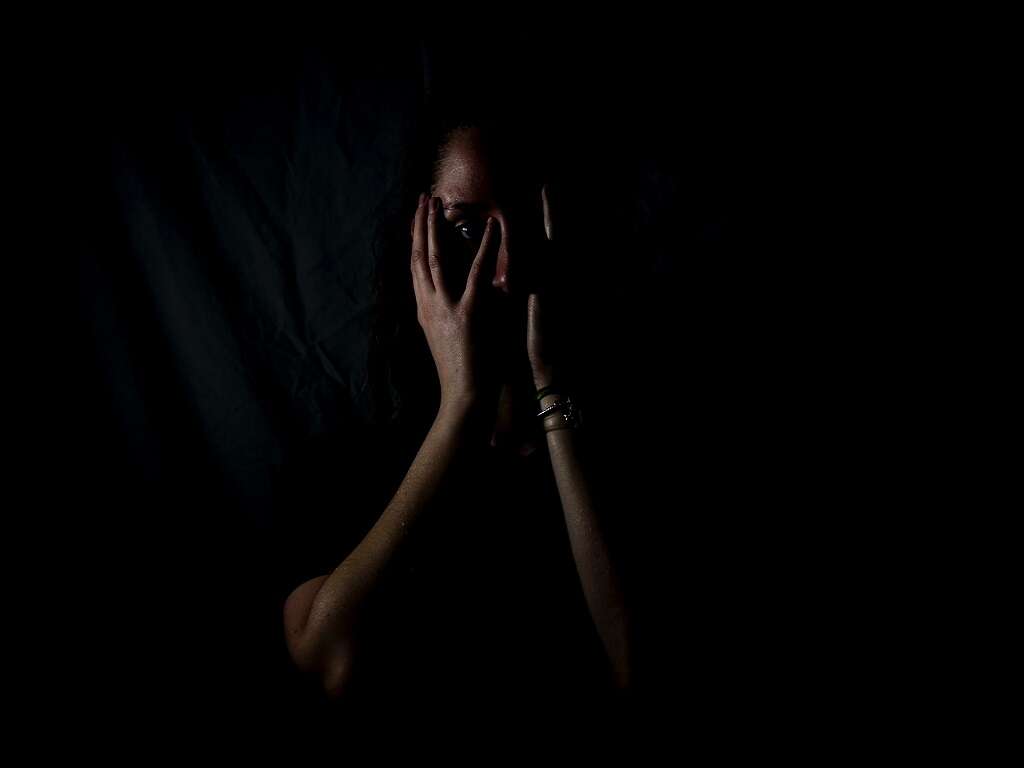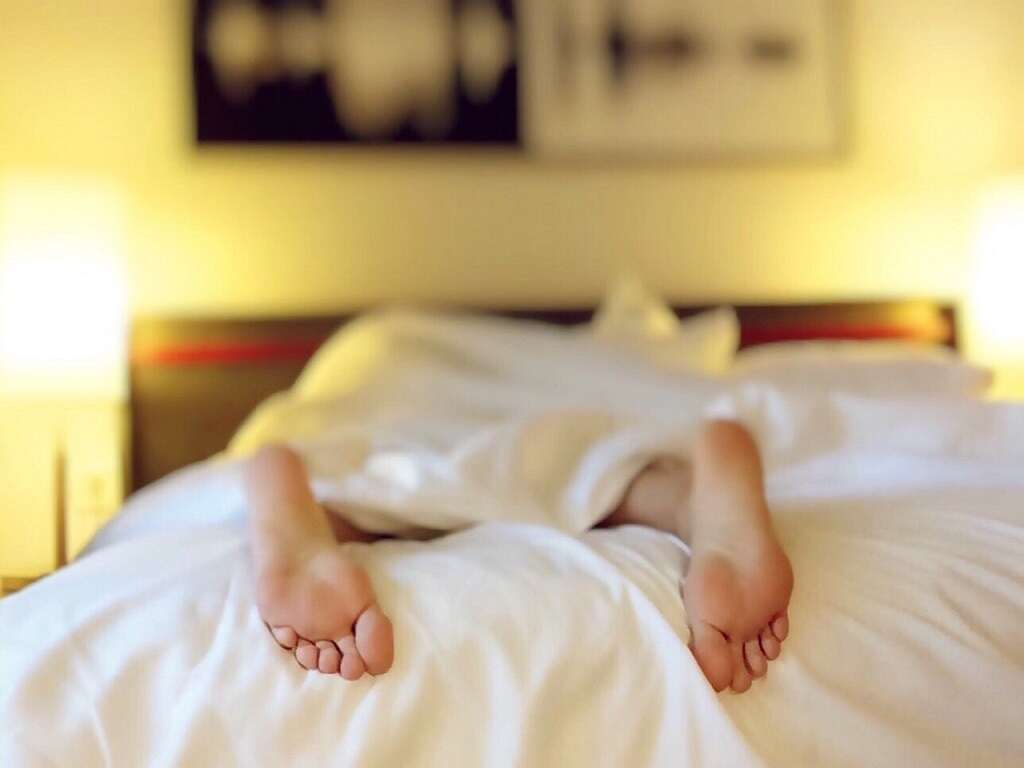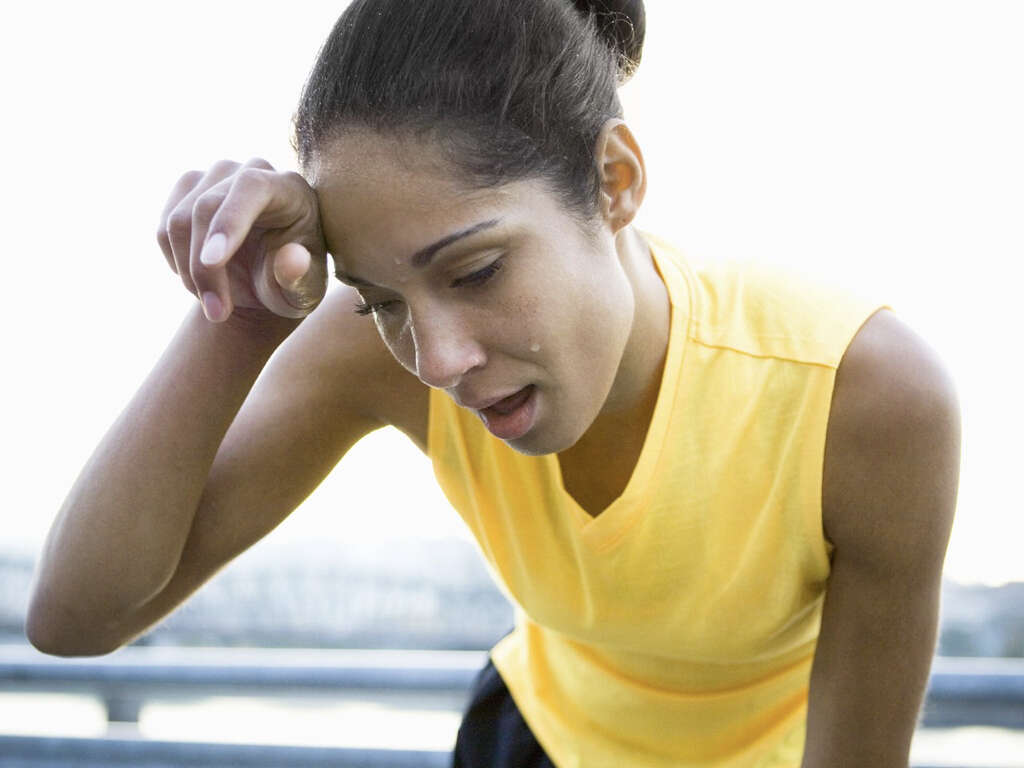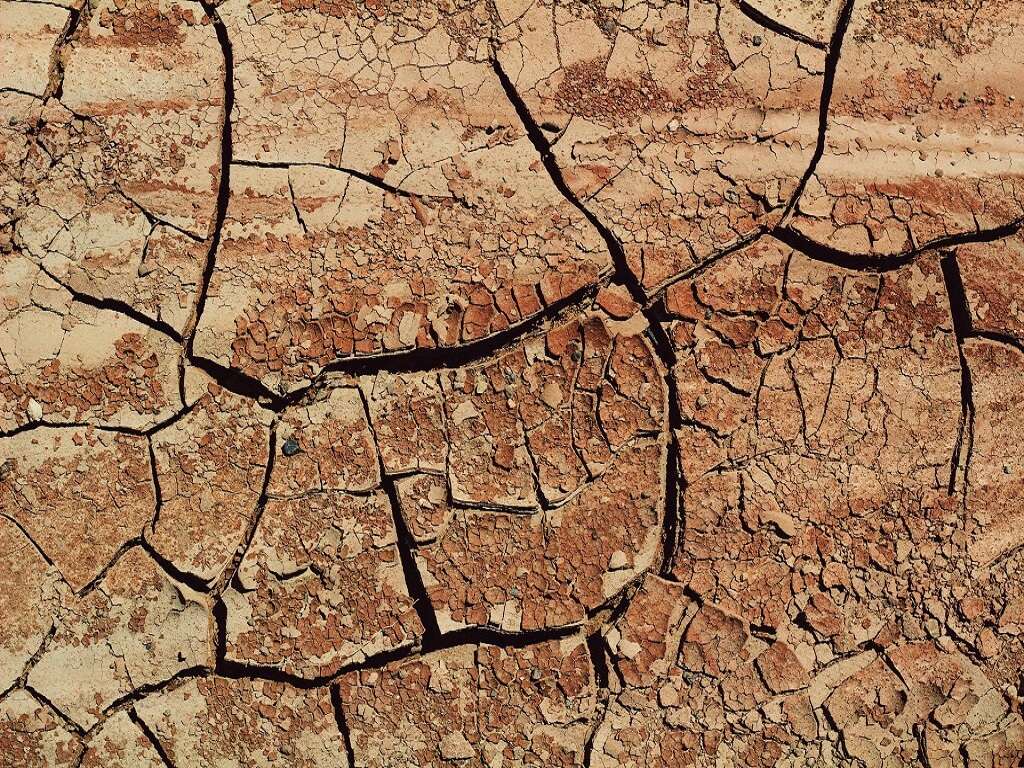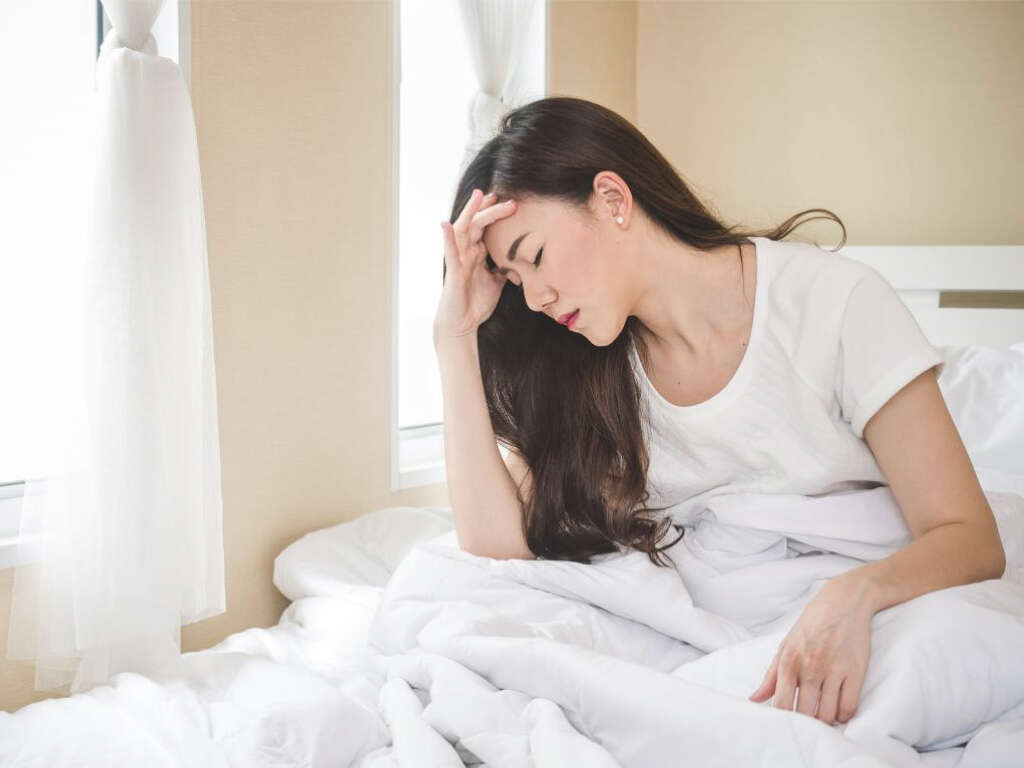10 Hyperhidrosis Symptoms
Hyperhidrosis is a condition whereby a person tends to undergo excessive sweating. This causes abnormal soaking of parts of the body such as the palms, feet, armpits, and the crotch. This can be very uncomfortable and lead to increased self-consciousness. Hyperhidrosis may start at birth but become more noticeable during the teenage years. It affects about 7.8 million Americans, which is almost 3 percent of the population.
Hyperhidrosis may be a sign of an underlying condition such as obesity, mercury poisoning, or hyperthyroidism, among others. Some cases have no known cause. It may be localized to a part of the body, or be generalized to many parts of the body.
Below are the top 10 symptoms of hyperhidrosis.
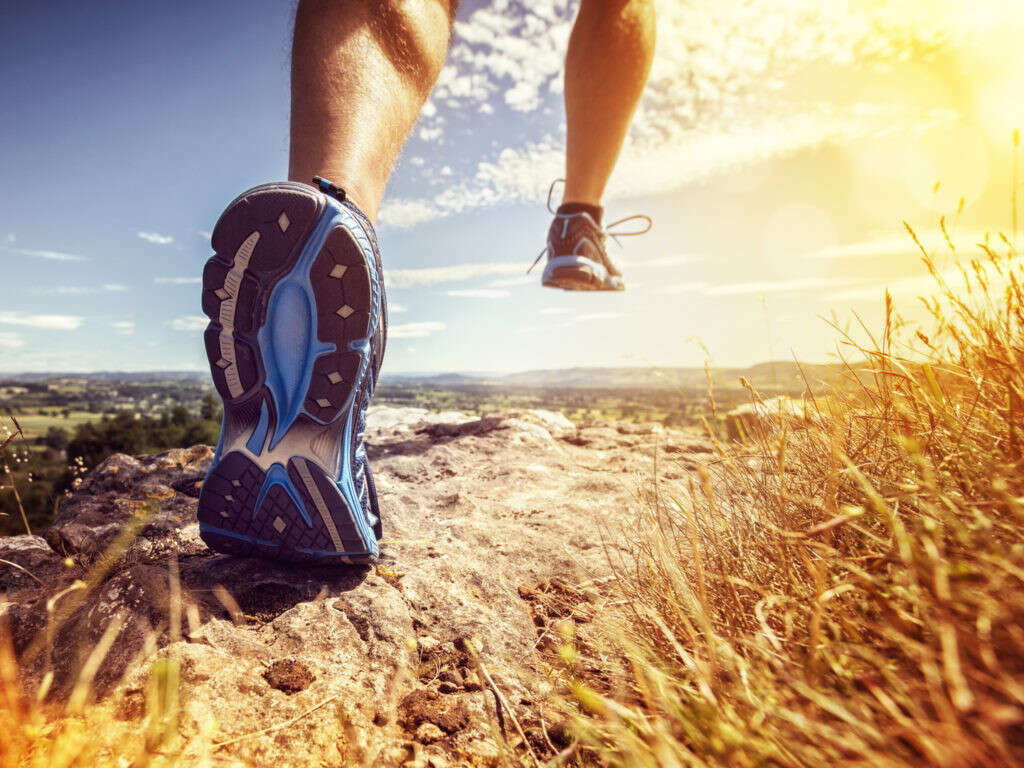
Symptom #1: Excessive Sweating
If you tend to sweat too much, you probably have hyperhidrosis. A person with hyperhidrosis can sweat profusely, irrespective of the surroundings or level of physical activity. This means that the sweating parts get wet and may remain moist most of the time. Clothes also get soaked, which can make the affected person feel clammy and uncomfortable.
When a person with hyperhidrosis shakes another person’s hand, the other person may make a comment about the wetness or clamminess. When such comments are repeated by different acquaintances, people with hyperhidrosis may feel humiliated and uncomfortable. They may detest shaking hands or making physical contact with other people and may end up isolating themselves to avoid similar experiences.

Symptom #2: Foul Body Odor
Foul body odor is one of the common symptoms of hyperhidrosis. Excessive sweating keeps the affected body parts soaked for lengthy amounts of time. The moisture provides a conducive environment for microorganisms such as bacteria and fungus to grow and flourish.
Some of these microorganisms breakdown sweat into various components, some of which give off a foul smell. And because hyperhidrosis is a long-term condition, a person who has it can develop a permanent foul odor that may be offsetting to other people who may avoid the affected person. This can lead to feelings of isolation. Foul smell is one of the reasons why people with hyperhidrosis suffer from self-consciousness and embarrassment.
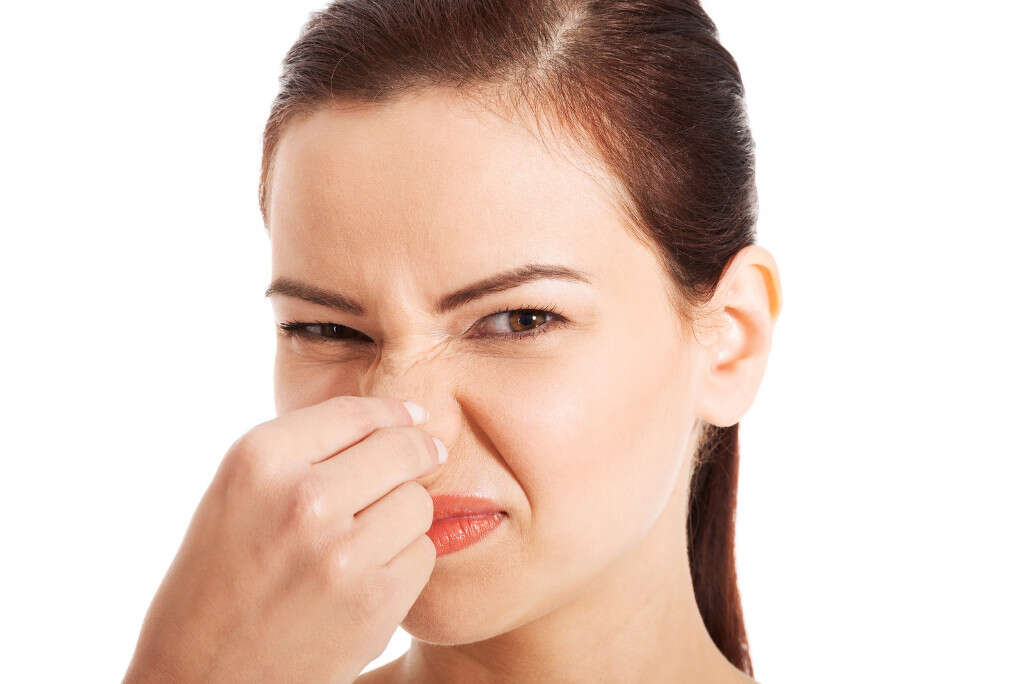
Symptom #3: Fungal Infections
Besides foul body odor, some skin infections may be hyperhidrosis symptoms. The excessive sweating that comes with the condition provides microorganisms such as fungus with favorable conditions for growth. The fungal growth conditions become even more favorable due to clothing such as socks.
When fungi get favorable conditions to grow, they multiply into large colonies, which cause skin infections in the affected areas. And because the conditions favorable for multiplication remain, the skin infections can spread to other parts of the body that keep moist due to sweating. Common fungal infections that may develop as a result of excessive sweating include athlete’s foot, nail infections, jock itch, and dandruff.
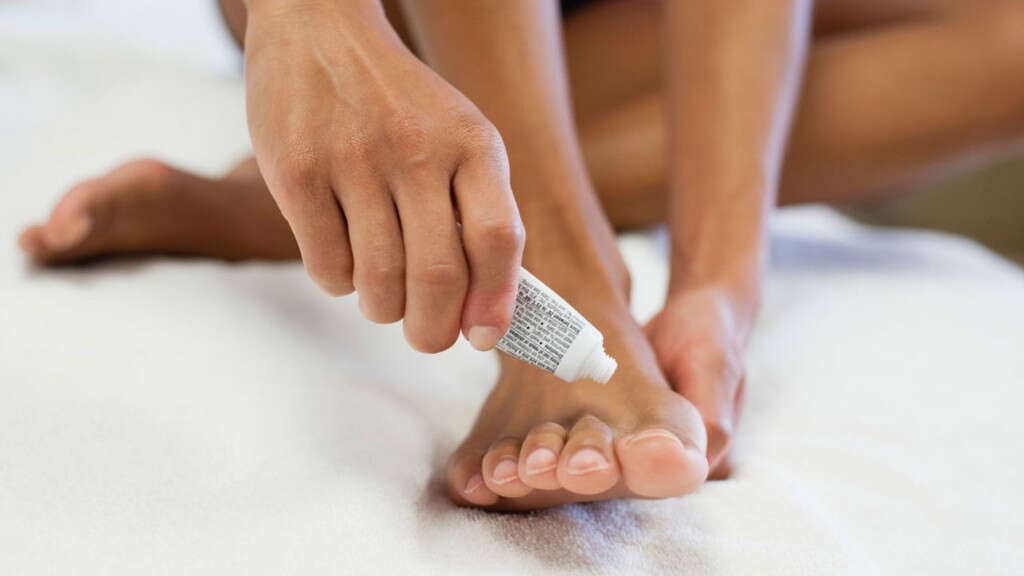
Symptom #4: Social Anxiety
Social anxiety may be a symptom of hyperhidrosis in people who undergo excessive sweating. This happens because people with the condition know that their wet palms, face and scalp, and their sweat-drenched clothes are noticeable by those they come into contact with.
This knowledge and the comments that may come from their acquaintances about their condition cause them to develop excessive self-consciousness. In some cases, the anxiety may get so bad that it develops into depression. As a consequence, people with hyperhidrosis limit their social interactions to a minimum, which can adversely affect their quality of life.
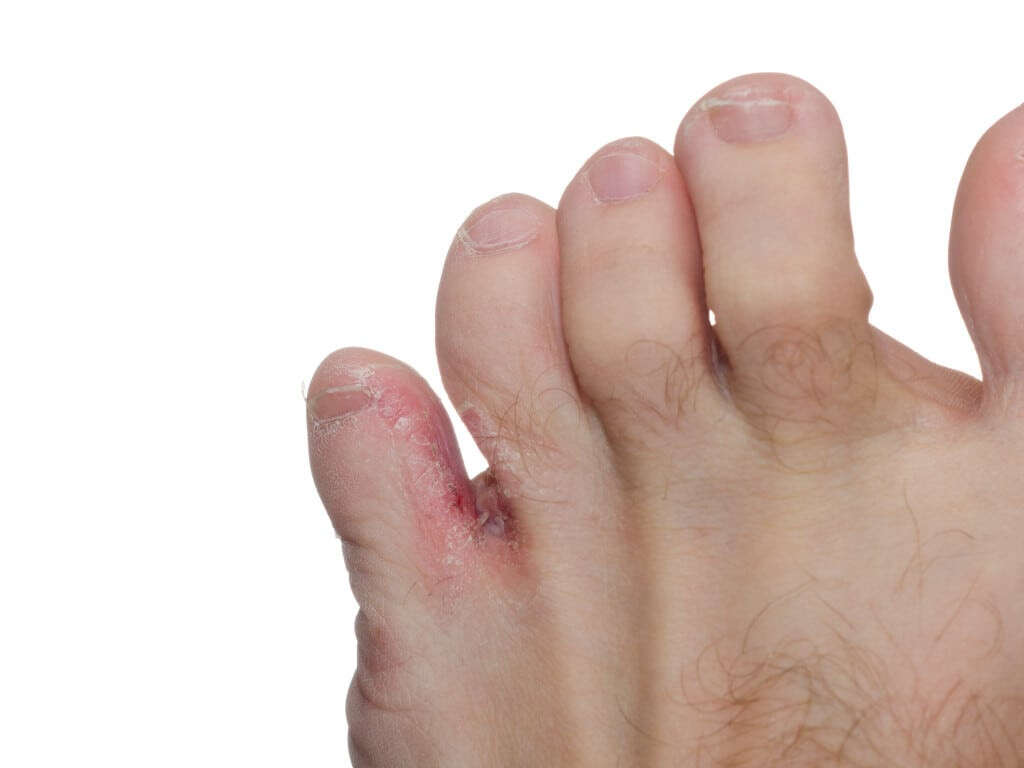
Symptom #5: Heat Rash
Excessive sweating may cause skin to develop heat rash. This may develop as a result of the sweat causing a prickling feeling on the skin. Excessive sweating may also lead to blocking of sweat ducts such that sweat cannot come out of the affected ducts. This can lead to inflammation and a skin rash.
Scratching can lead to skin breakages in the affected areas causing exposure to bacteria, fungus, viruses, and other disease-causing microorganisms. If these microorganisms find their way through the breakages, they can cause skin infections such as warts, athlete’s foot, and jock itch. To reduce your risk of infection, you may need to change your clothes multiple times daily and keep wiping off the sweat. You can also seek medical intervention for a more sustainable solution.

Symptom #6: Warts
Increased development of warts can be a symptom of hyperhidrosis. This does not mean that excessive sweating is the cause of warts; rather it can lead to the fertile conditions for warts to develop.
Warts are caused by the human papilloma virus (HPV). When excessive sweating occurs, it can lead to skin itchiness and breakage. This creates multiple points of entry for the HPV among other microorganisms. Once the human papilloma virus gains entry into the skin, it can end up causing warts to develop. Besides warts, other skin infections may also develop depending on the pathogens that get under the skin.
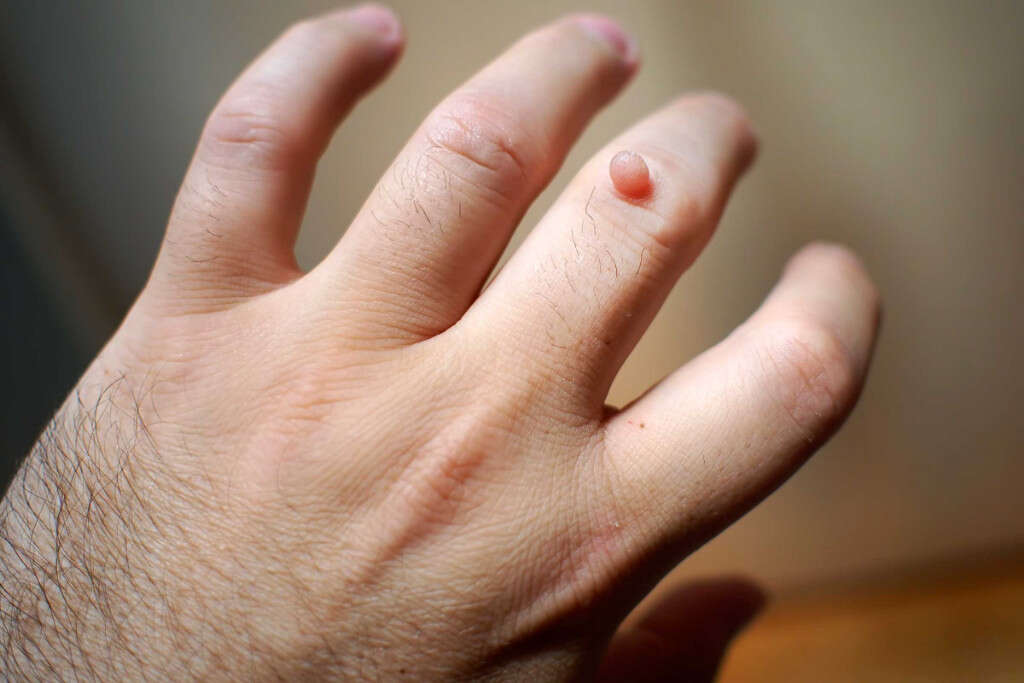
Symptom #7: Athlete’s Foot
If you keep getting athlete’s foot infections, you probably sweat a lot. Athlete’s foot is one of the common symptoms of hyperhidrosis.
When excessive sweating occurs in the feet, it means that the feet are constantly wet. Additionally, wearing socks and shoes increases warmth for the feet. It is worth noting that moisture and warmth are the ideal conditions for the proliferation of fungus such as tinea pedis which cause athlete’s foot. Keeping your feet as dry as possible and wearing open shoes instead of closed ones can help reduce incidences of athlete’s foot. Some medical treatments are also available for hyperhidrosis.

Symptom #8: Jock Itch
Jock itch is a fungal infection that occurs in the groin area. It is caused by the tinea cruris fungus, which thrives in warm, moist conditions. Similar to athlete’s foot caused by tinea pedis, jock itch is a common symptom of hyperhidrosis.
It develops if excessive sweating affects the groin area. This means that the crotch is constantly moist. And being naturally warm due to the folds in the area and the clothes covering it, the groin provides the warm, moist conditions that are ideal for proliferation of tinea cruris. To reduce jock itch attacks, a person with hyperhidrosis may have to keep wiping off sweat, washing countless times a day, and changing clothes throughout the day.
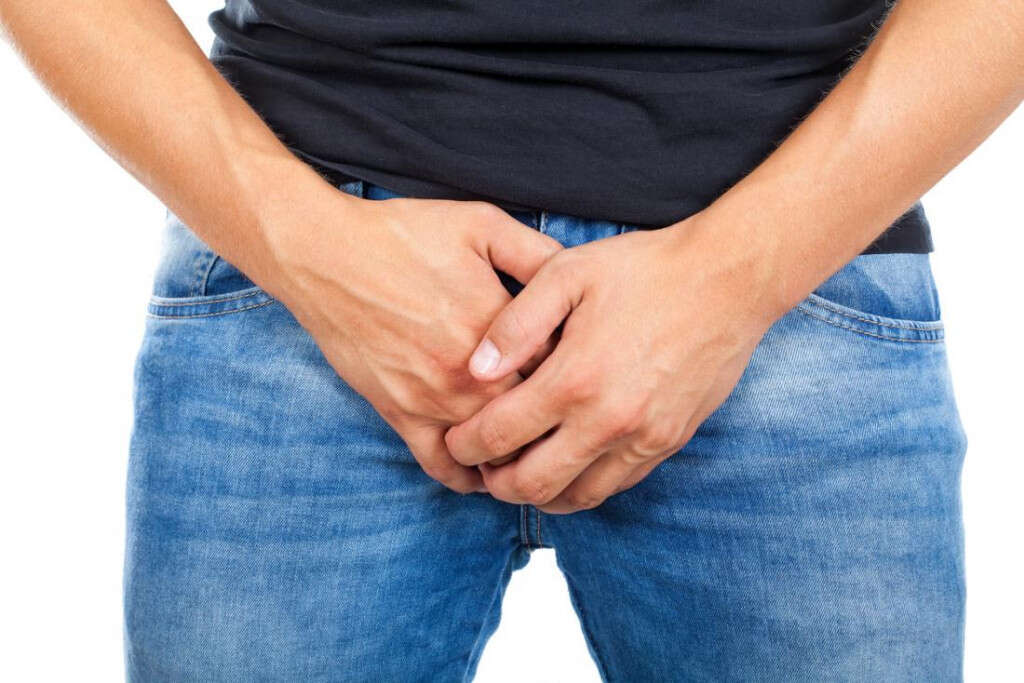
Symptom #9: Need to Change Clothes Several Times Daily
If you need to change clothes several times daily, you could be having hyperhidrosis. As mentioned elsewhere, the excessive sweating condition drenches the body in sweat irrespective of whether or not the weather is hot or cold or you are involved in physical activity.
Because the excessive amounts of sweat keep dripping, it becomes impossible for the sweat to dry up. This causes the clothes to soak, making them uncomfortable to keep on. Additionally, the sweat may stain clothes and, due to microorganism action, cause foul body odor. All these factors may necessitate a change of clothes a number of times in a day.

Symptom #10: Dandruff
Dandruff is a scalp condition with symptoms including scalp itching, skin flaking, and scalp irritation. Dandruff results from the activity of a fungus known as Malassezia globosa that lives on the scalp of humans and the skins of many animals. Similar to other fungi, Malassezia thrives best in a warm, moist environment such as the one created when the scalp remains moist due to excessive sweating.
The fungus feeds on the oils produced by oil glands on the scalp. After feeding on the oil, the fungus produces oleic acid which has an irritant effect on the scalps of half of the world’s population. If your scalp is constantly itchy due to dandruff, it’s probably one of the hyperhidrosis symptoms.




